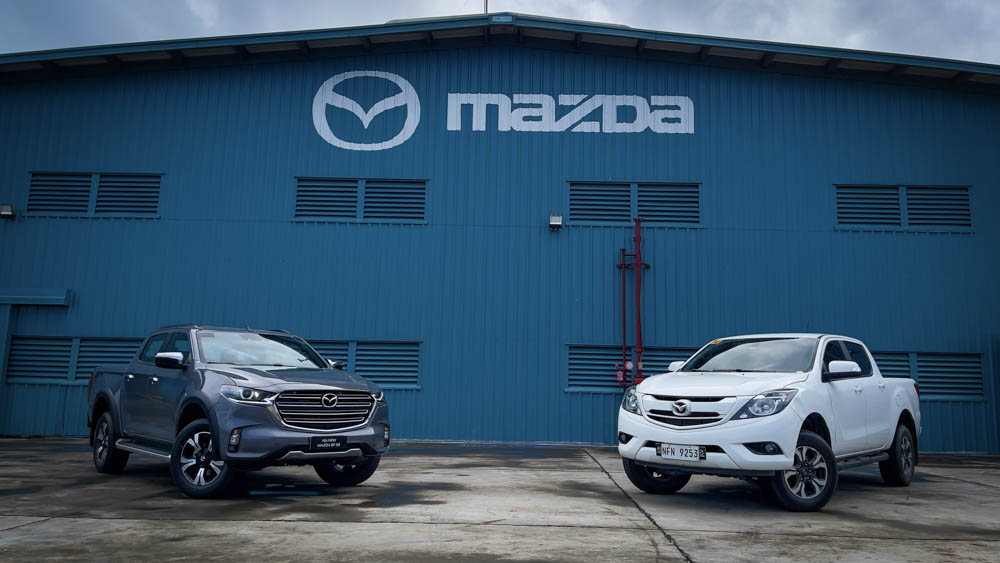
The Mazda B-Series pickups (which include the BT-50) are good trucks. They’re pretty capable and dependable. After all, that’s what pickups are for, right? But things have changed, and now these workhorses have become lifestyle vehicles. And pickup trucks are now becoming the top choice for those who work and play hard.
After its premium-image makeover, Mazda had a complete lineup of stylish and fun-to-drive vehicles, except the BT-50.
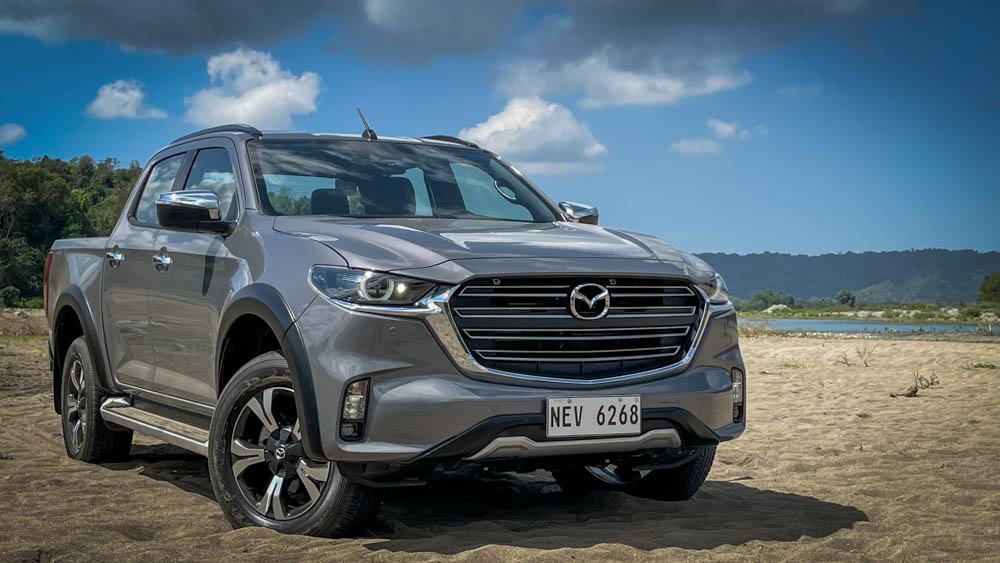

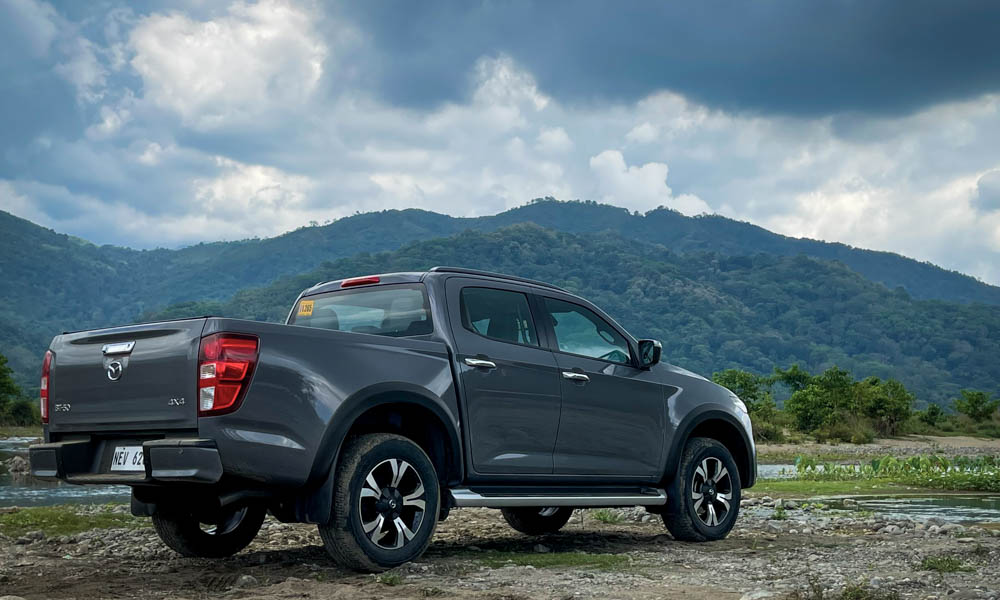
The BT-50 had an identity crisis—the last two generations at the very least. During its marriage with Ford, Mazda supplied small trucks to the American carmaker. Later on, the former did the truck manufacture and the latter ended up rebadging the Ranger. When they divorced, the truck was somehow orphaned.
The T6-based Ranger was continuously updated, and it received new drivetrains and advanced features. The BT-50 remained relatively the same, just with minor exterior updates. In fact, the last generation had the same infotainment system long after Ford had started putting touchscreens on the Ranger. At this point, the BT-50 didn’t have a unique selling proposition. It felt like the same truck that had been launched almost a decade ago. I had the same worries when Mazda decided to partner with Isuzu for the current generation.
I don’t know if it was the almost two decades of dependence on Ford or the lack of funding, but one thing’s for sure: It’s too hard and too costly for Mazda to make a pickup on its own (and not be profitable in the long run). So looking for another partner was the logical choice. But Isuzu was too utilitarian, and it got me thinking: How can Mazda make the D-Max feel premium?
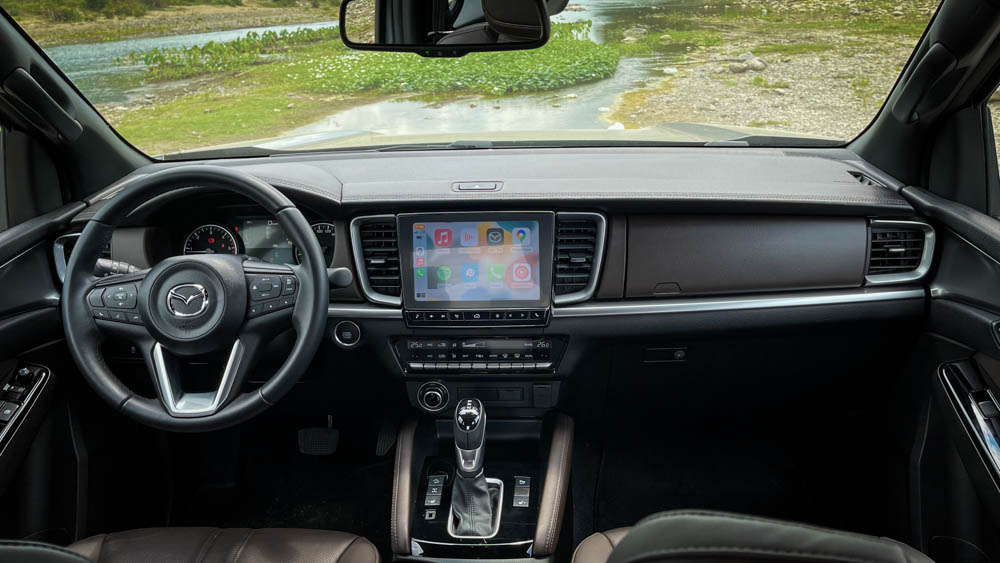
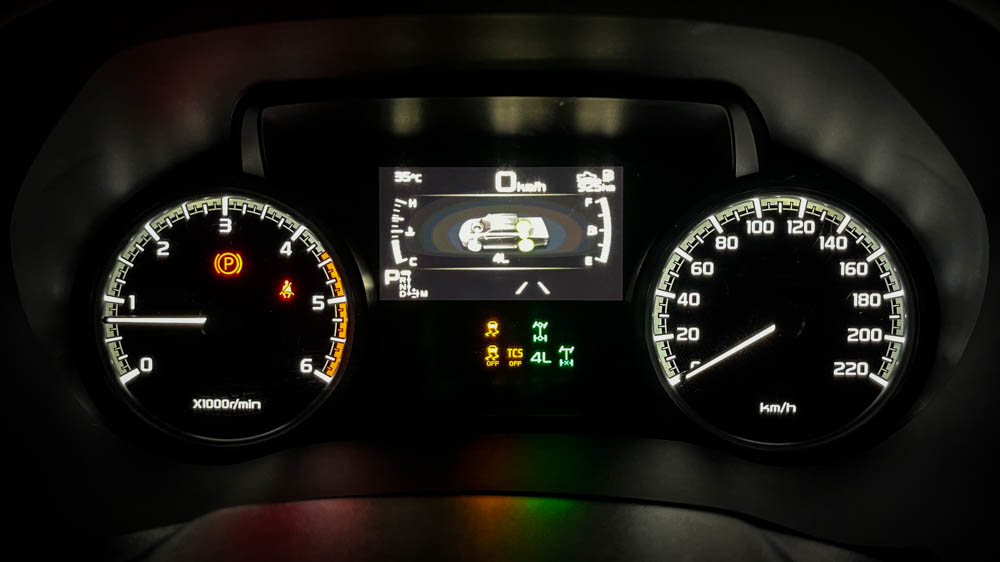
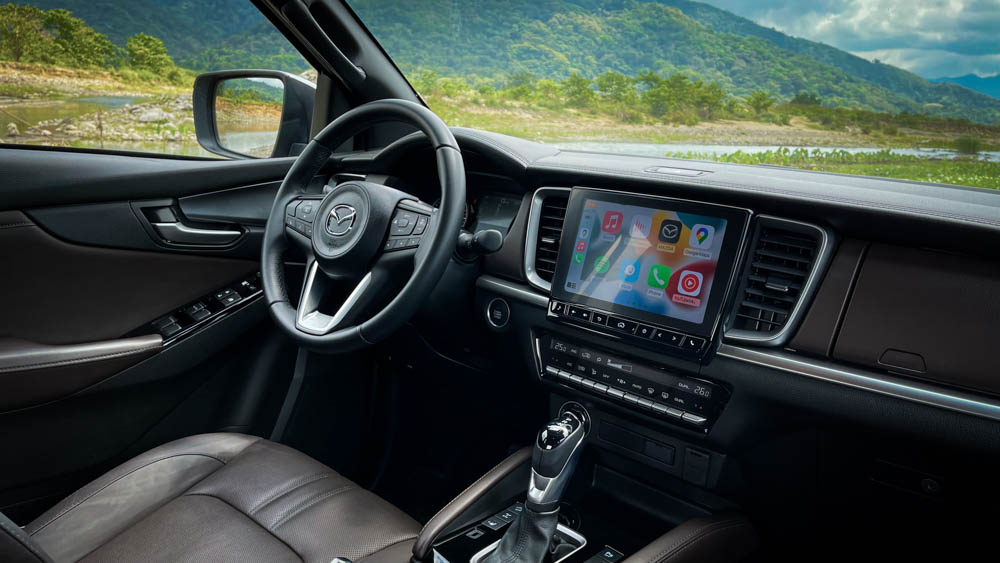
As far as design is concerned, I think the Hiroshima-based carmaker succeeded. Obvious is the Kodo-inspired front end. I won’t blame you if you think that Mazda just grafted the face of the CX-9 here.
The character lines on the sides and the bed still have some Isuzu-ness in them. But the carmaker’s design language seamlessly fused that face into the truck’s overall looks.
Inside, you still get D-Max vibes here and there. But Mazda is smart enough to know that all it needed were a few changes. The different materials used and a revised dashboard made the cabin one of the plushiest in this class.
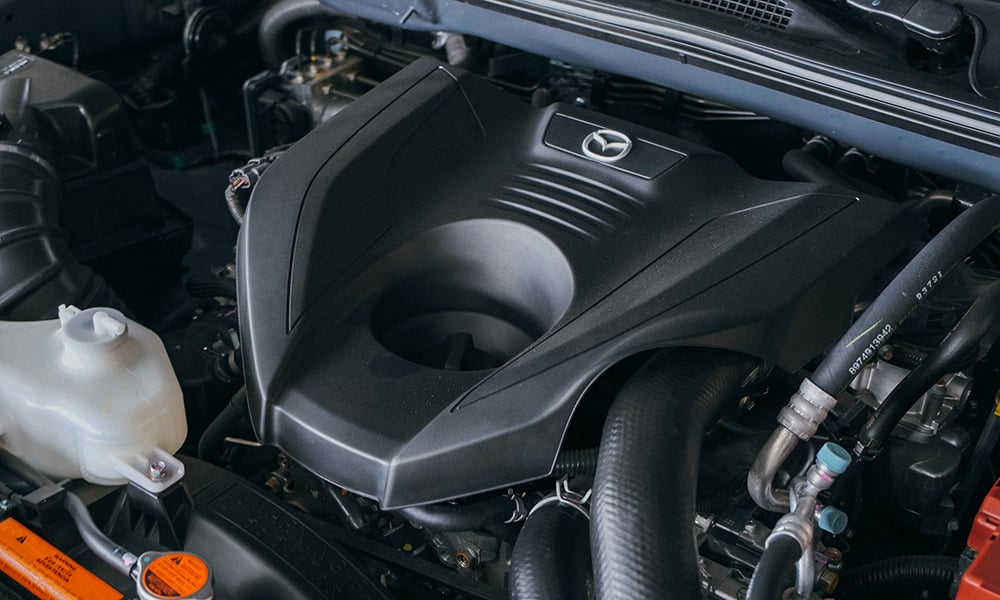
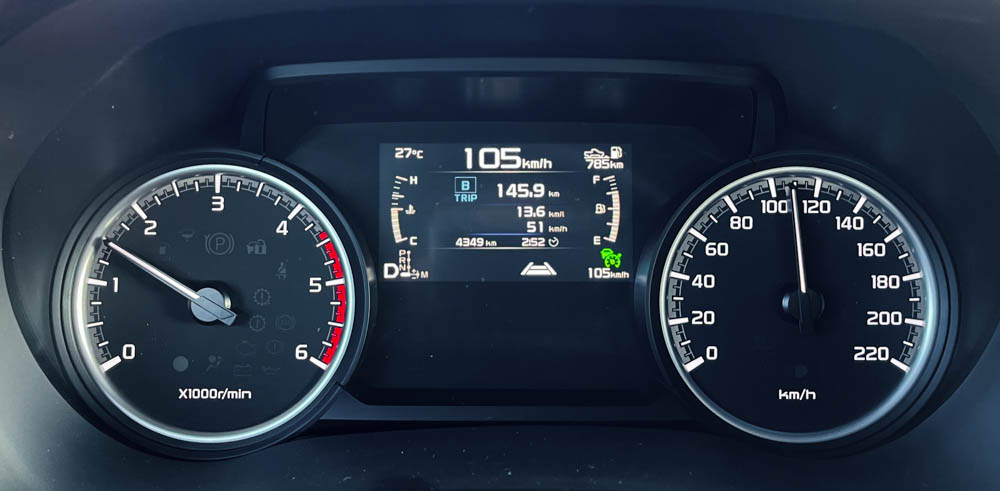
But I was more curious as to how the truck would behave in real-world conditions. It’s obvious that the BT-50 won’t have any of the zoom-zoom goodness we’ve come to know Mazdas for. It is a pickup truck after all.
I drove the truck extensively. Like over a thousand kilometers in five days. From doing errands in the city to driving out of town to shoot the truck. In La Union, I was able to stretch the legs of the 3.0-liter 4JJ3 diesel engine. The six-speed automatic transmission has butter-smooth shifts. It’s so smooth, you don’t seem to feel all the 450Nm on low revs. But don’t think that this is a slacker; stab the accelerator and all 187hp breaks loose.
The best bit? You have all that slickness and power and still get good fuel-consumption figures. The onboard computer read 12km/L even with lots of idling and aggressive driving. Drive like a civilized man and 16km/L should be easy to achieve.
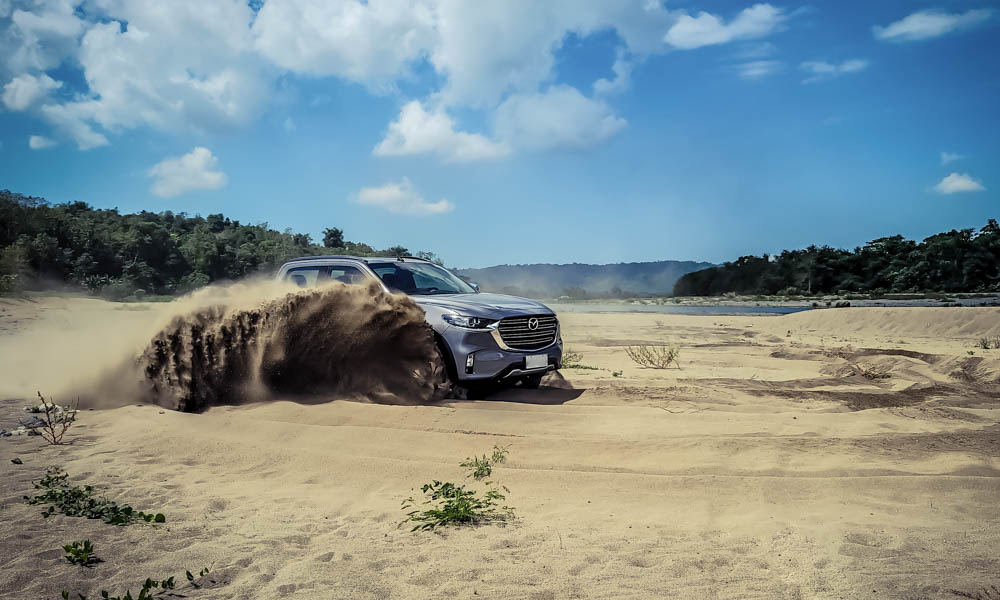
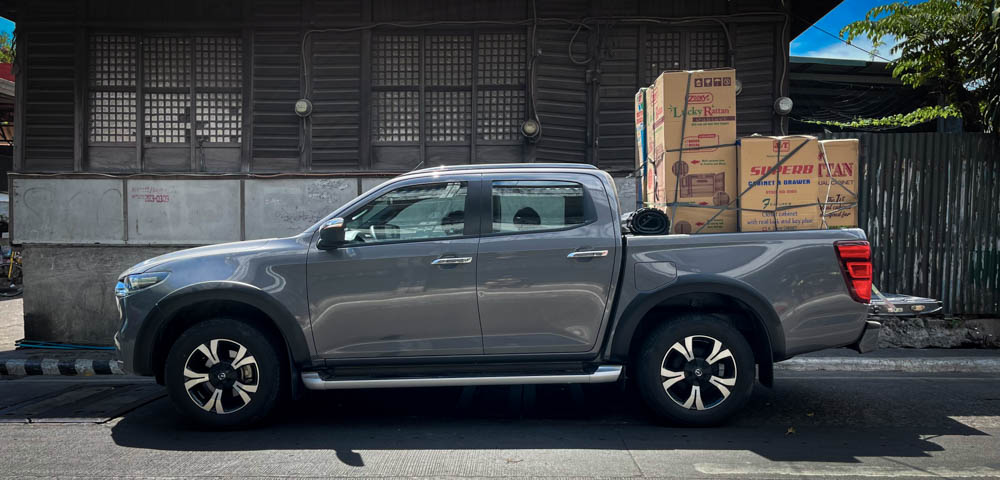
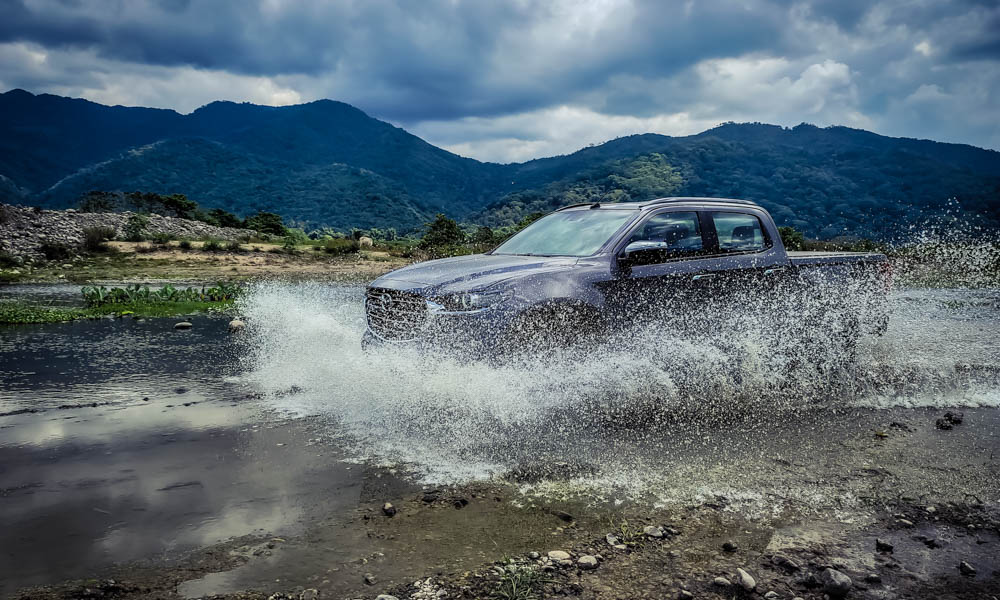
If there’s one thing that Mazda probably tweaked, it’s the suspension. It was still a bit harsh, especially when unladen. But the ride was way better than most trucks out there sitting on semi-elliptical leaf springs.
The sight of the bed in my rearview mirror constantly reminded me that I was not driving a pickup-based SUV. But that does not mean that this truck is a softie. I wasn’t able to test its 1,000kg payload capacity, but I loaded it up with huge boxes and the bed handled it without any issues.
This also made driving a short and simple off-road course easier. I wasn’t tossed around when dealing with the ditches and the rocky patches of the riverbed we were driving on. And even though the ground clearance isn’t class-leading, I was able to ford through parts of the river, even doing donuts on the soft sands of the riverbanks.
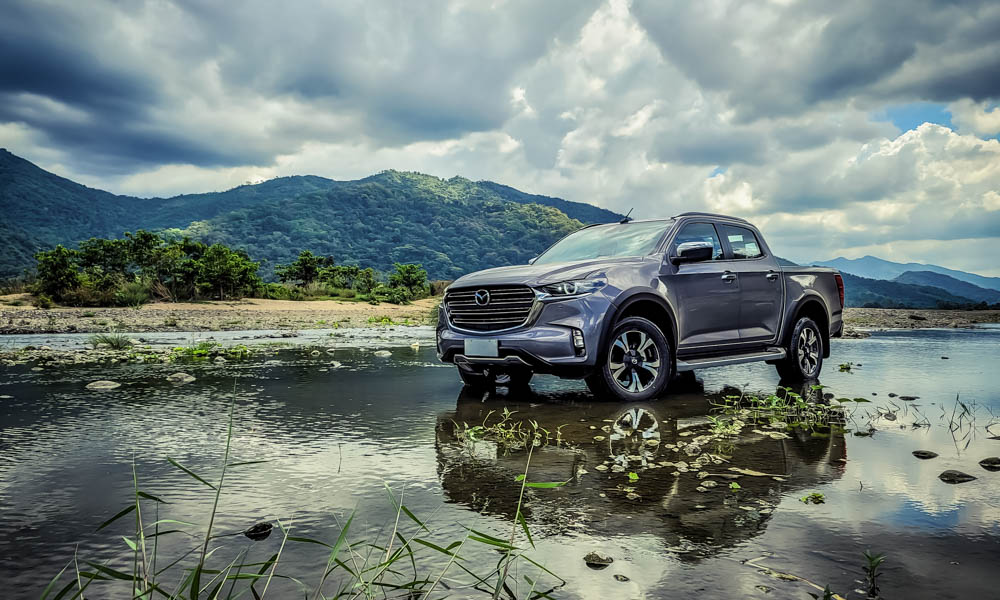
But the BT-50 is not without flaws. While the suite of advanced driver-assistance systems was a welcome addition, this one tends to overly err on the side of caution. The rear cross-traffic alert system would beep even when other vehicles were almost a hundred meters away from you. The autonomous braking system would slam on the brakes even when my feet were on the pedal and the vehicle in front was still considerably far. It just tends to alert too frequently for almost everything. I guess that’s better than ending in a ditch or rear-ending a vehicle. The engine, being an Isuzu, is not the most refined as there’s some clattering when you’re outside.
Also, this might be nitpicking, but I am not a huge fan of the wheel design. Finally, with no tailgate assist available, opening or closing it can be quite a chore. But otherwise, you have a pretty solid pickup truck for work or play. It has some niceties like a rear differential lock which even its top-of-the-line twin doesn’t have. And the best thing here is the price. At P1,790,000, it offers great value for the money.
My fiancée loves lifted pickups with big tires, but I never liked them. So, this BT-50 is just perfect for me. It doesn’t have the most features, nor is it the most powerful. But it changed the way I saw pickups. It also put zoom-zoom and jinbai-ittai in a whole new light.
MAZDA BT-50 3.0 4x4 AT
| Engine | 3.0-liter four-cylinder turbodiesel |
| Transmission | 6-speed automatic |
| Power | 187hp @ 3,600rpm |
| Torque | 450Nm @ 1,600-2,600rpm |
| Dimensions | 5,280mm x 1,870mm x 1,810mm |
| Drive layout | 4WD |
| Seating | 5 |
| Price | P1,790,000 |
| Upside | Excellent styling, good driving dynamics, and premium features for the segment. |
| Downside | Sits lower than most 4WD pickups, and could use a better wheel design. The addition of a tailgate assist would be nice. |


0 Comments